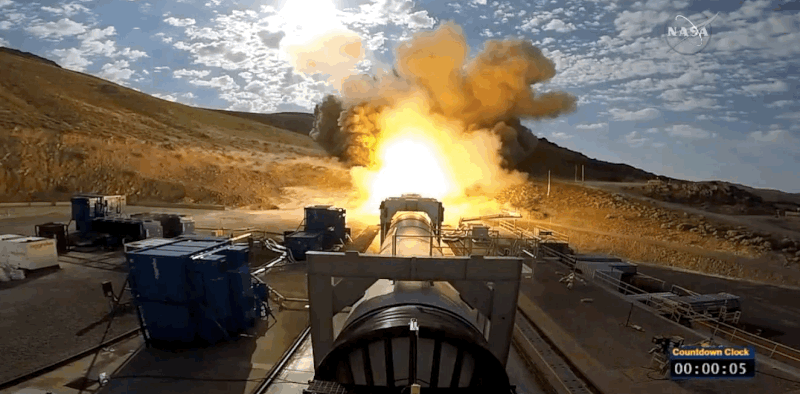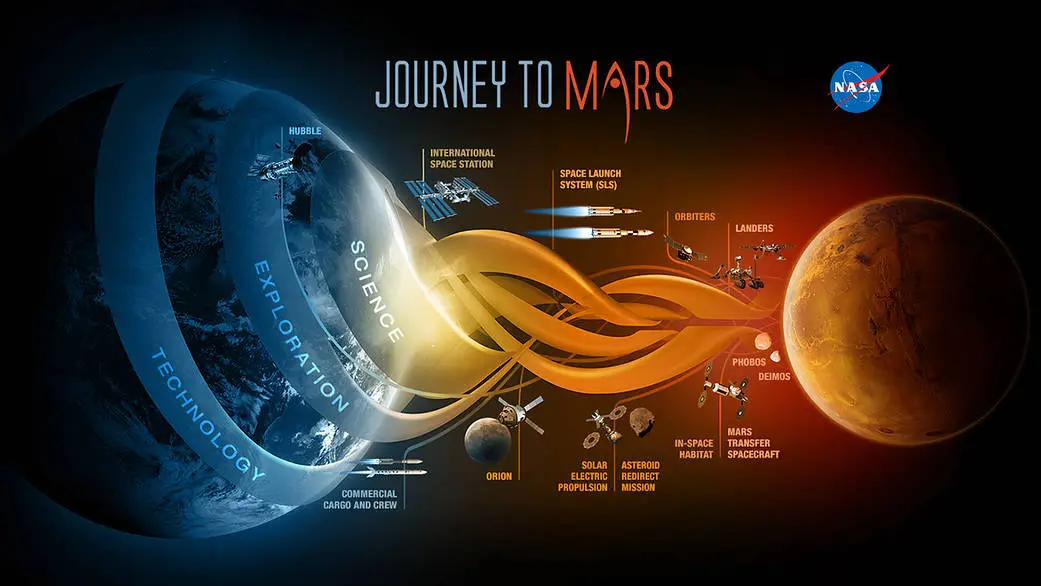Nasa today Successfully tested the booster that will be powering its Space Launch system for deep space exploration missions to mars. With a projected initial lift capability of 77-ton and ambitious targets to reach 115-ton the final design is projected to be the most powerful rocket built. The booster test went smoothly and appeared to work to all expectations. The booster was tested at a cold start at 4°C with temperatures in the booster rising above 3300°C during testing. The test data will now be tested against 82 qualification objectives to certify the booster for flight, with engineers looking at data from more than 530 instrumentation channels on the booster.
Fired up! Miss today’s booster test for @NASA_SLS, the world’s most powerful rocket? Watch it now:#JourneyToMars
https://t.co/wRVh32cTVc— NASA (@NASA) June 28, 2016
Upon completion of successful testing two of these boosters will be attached to NASA’s SLS rocket which is scheduled for its first test flight in 2018. The Space Launch System (SLS) is being designed to power the future mars mission. Follow the journey to mars mission here. The booster will provide 75% of the power to get the SLS system out of the atmosphere into space.

Today’s test comes after a previous successful full two minute burn back in march. That previous test proved that the rocket could run full power for two minutes and withstand the highest temperatures it is expected to see. Todays test was designed to test the propellant at its coolest rated temperature at ~4°C. We will have to wait for the data to be analysed and the rocket to be inspected to get an idea of the full performance and results of the test.


Leave a Reply
You must be logged in to post a comment.